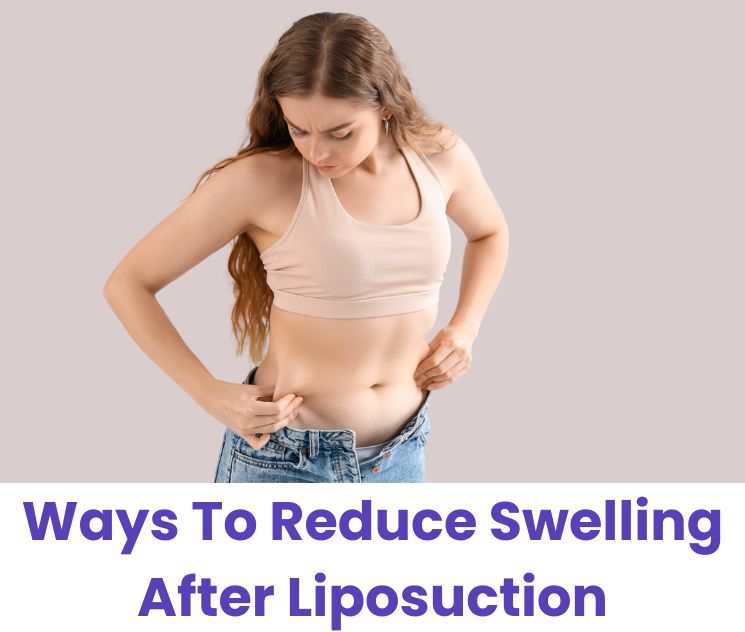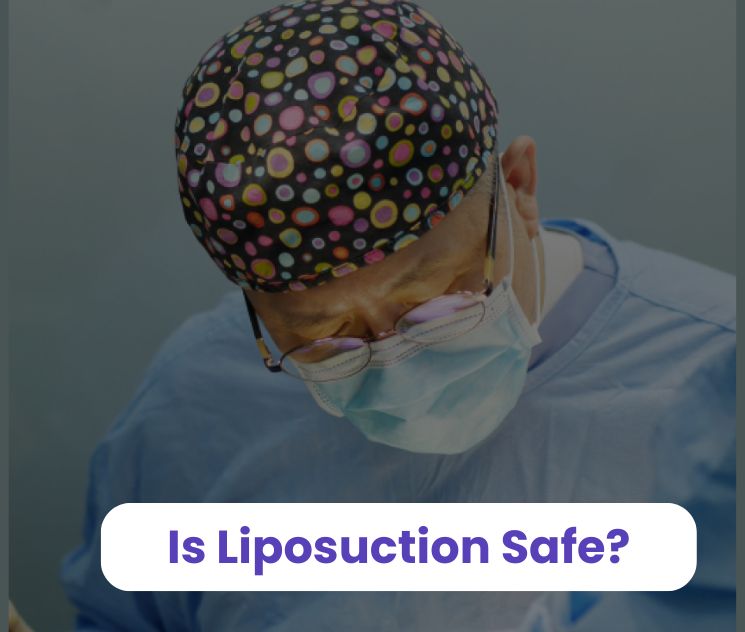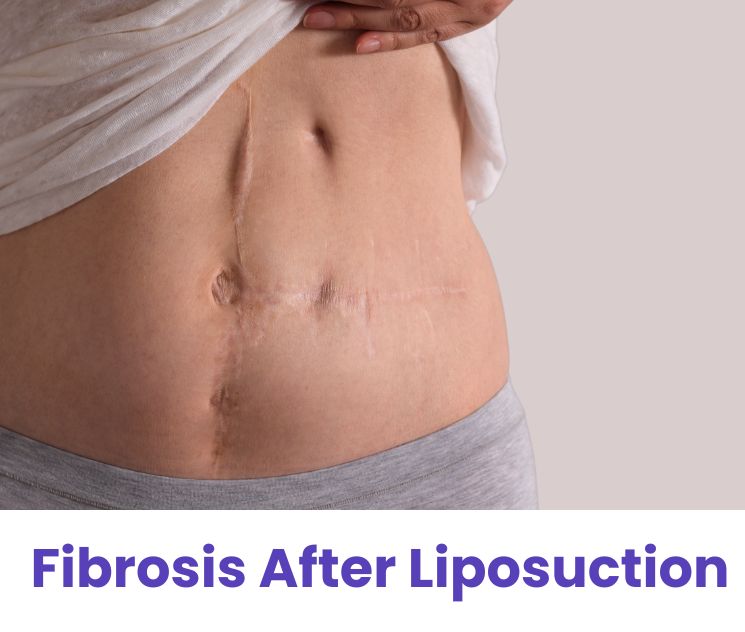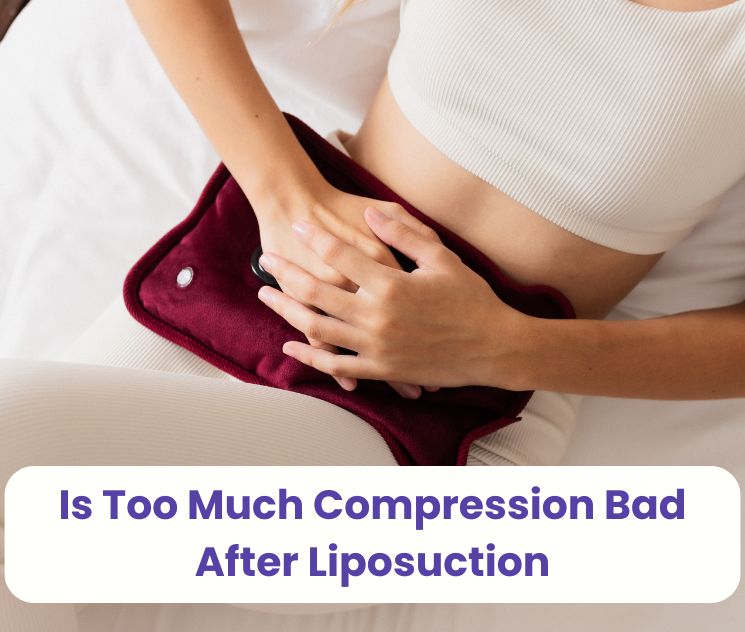Undergoing liposuction can be an exciting step toward achieving your body goals, but the road to a smooth, successful recovery involves more than just rest and care.
One of the most important aspects of post-liposuction recovery is the use of compression garments.
While they may feel uncomfortable at first, these specially designed garments are critical for ensuring that you heal properly and achieve the best results after liposuction.
Compression garments help reduce swelling, minimize bruising, and promote skin contraction, all while shaping your body to its new contours.
But how long should you wear them? And why are they so essential to your recovery?
In this article, we’ll break down the essential role compression garments play in your healing process and guide you on the recommended duration for wearing compression garments after liposuction.
Whether you’re already recovering from liposuction or considering the procedure, understanding the benefits and proper use of compression garments will help you navigate your recovery with confidence and achieve the best possible results.
Let’s dive into the details!
Contents
- 1 What are Compression Garments?
- 1.1 Benefits of Compression Garments after Liposuction
- 1.2 How Long Should You Wear a Compression Garment?
- 1.3 What Happens If You Don’t Wear Compression Garments After Liposuction?
- 1.4 How to Choose the Best Compression Garment for Your Recovery?
- 1.5 Tips for Wearing Compression Garments After Liposuction
- 2 Conclusion
- 3 Frequently Asked Questions
What are Compression Garments?

Compression garments are specialized tight-fitting, elastic clothing designed to apply constant pressure in the body area to reduce swelling and improve blood flow.
These are used mainly for medical, athletic, and body-shaping purposes like liposuction(lipo), Brazilian Butt lift, tummy tuck and more.
Their primary function is to ensure that the body heals in an optimal position with faster recovery.
Compression garments are usually made of high-quality, durable, and strong synthetic materials like spandex(Lycra) or nylon, which are elastic.
They are designed to fit tightly, providing a snug fit that supports the healing process. These garments come in various sizes and styles, including full-body suits, abdominal binders, or thigh garments, and are designed to be worn directly over the treated areas.
These compression garments are designed to provide graduated pressure, meaning the pressure is strongest in certain areas (like the lower parts) and gradually decreases as it moves up.
This design of compression garments helps promote the body’s natural drainage of fluids and reduces the risk of complications with proper blood flow in the body.
As the swelling decreases and the body heals over time, the same garment might not provide the required level of pressure to the body. So, to provide essential pressure to your healing body, a surgeon can recommend multiple sizes over time, which supports faster recovery and helps to achieve the desired results from the procedure.
Benefits of Compression Garments after Liposuction

Wondering how wearing a compression garment after cosmetic procedures like liposuction and tummy tuck could improve your recovery journey? These medical compression garments aid in comfort and a faster recovery, and they ensure the best possible outcome.
Curious to learn more? Here are the benefits of compression garments after Liposuction:
1. Reduces Swelling and Bruising
Swelling and bruising after liposuction occur due to tissue trauma, fluid buildup(edema), and damaged blood vessels during the liposuction procedure. Compression garments help reduce these by applying controlled pressure, which manages edema, supports lymphatic drainage, and helps the skin adjust smoothly to its new shape without swelling, improving blood circulation, speeding up recovery, and minimizing bruising.
2. Promotes Skin Contraction
After liposuction, the skin needs to contract and adjust to the new shape of the body. Post lipo compression garments encourage this natural process by applying steady pressure, which helps the skin adhere to the underlying tissue. This contraction leads to smoother skin, fewer ripples, and more flattering results, making compression garments crucial for post-liposuction body contouring.
3. Minimize Pain or Discomfort
After liposuction, pain and discomfort are common, as the procedure can cause damage to the surrounding tissues. Post liposuction compression garments help reduce pain and discomfort by providing constant, gentle pressure. This pressure helps to minimize swelling, which reduces the feeling of tightness and pressure in the treated areas. The garment also supports the skin and underlying tissues, providing stability and helping to reduce the pain caused by movement or shifting of the skin. Hence, compression garments are important for comfortable movement with proper posture without any pain.
4. Hematoma Prevention
A hematoma is a collection of blood outside blood vessels, often appearing as a bruise. After liposuction, it can be caused by damaged blood vessels during the procedure. Compression garments help prevent hematomas by applying pressure, reducing the risk of blood pooling, and encouraging proper fluid drainage. This is important for proper blood circulation to speed up the healing process.
5. Seroma Prevention
Seroma formation happens when fluid collects in the space left by the removed fat, causing a swollen, fluid-filled pocket. Compression garments post lipo support the body’s natural drainage process, helping to prevent fluid accumulation and reduce the risk of seromas. By applying consistent pressure, compression garments promote proper fluid movement, preventing fluid from pooling and encouraging proper blood flow and faster healing.
6. Reduced Risk of Infection
Infection post surgery can occur if bacteria enter the body through incisions, leading to inflammation or pus buildup. Compression garments help reduce the risk of infection by minimizing friction and keeping the surgical area protected.
7. Scarring Prevention
Compression garments help prevent excessive scarring by applying gentle pressure, which supports the skin and minimizes tension around the incision sites. This helps the skin heal more evenly, reduces the likelihood of raised or thick scars (like hypertrophic scars), and promotes smoother healing.
8. Enhance Final Results
Compression garments play a critical role in achieving the best possible outcome after liposuction. By providing consistent pressure, they help prevent the skin from becoming loose or wrinkled as it adjusts to the body’s new shape. Compression promotes skin retraction, encouraging the skin to contract and adhere smoothly to the underlying tissues. This process is essential for achieving a tighter, more refined contour, reducing the risk of sagging or uneven skin texture. Wearing the garment as recommended ensures that the body heals in the optimal position, enhancing the overall aesthetic results of the liposuction procedure.
How Long Should You Wear a Compression Garment?
Wearing a compression garment after liposuction is crucial for healing, but how long should it be worn? Most surgeons recommend wearing the garment for at least 6 weeks following the procedure. This period is essential for managing swelling, improving circulation, and supporting the body’s new contours. Depending on your healing progress, your surgeon may suggest extending the use of the compression garment to 6-8 weeks to ensure optimal skin contraction and achieve the best possible results.
The recommended duration can vary, and several factors influence this timeline. The goal is to ensure proper healing, so understanding these factors will help you determine the right amount of time for wearing a compression garment.
Factors That Influence Compression Garment Duration
- Extent of Liposuction: The more extensive the liposuction procedure, the longer you may need to wear the compression garment. If you have larger treatment areas or more fat removed, then you will require more support during recovery.
- Surgeon’s Recommendations: Your surgeon’s advice is crucial. They will tailor the duration of use based on your age, overall health, specific needs, and progress in recovery.
- Complications or Setbacks: If you experience complications such as swelling, bruising, or seroma formation, you may need to wear the garment for a longer period to ensure full healing.
- Compression Garment Fit: A garment that fits properly can provide more effective results, which may also influence how long it should be worn.
What Happens If You Don’t Wear Compression Garments After Liposuction?
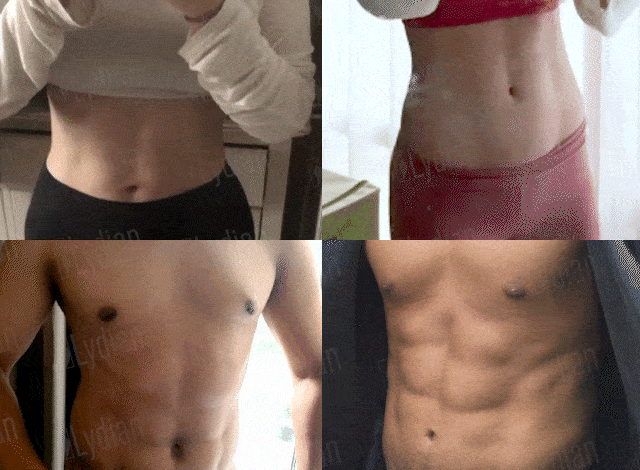
After liposuction, it’s important to wear compression garments as recommended by your surgeon. While the decision is ultimately yours, it’s crucial to understand the potential complications that can arise if you skip this step.
Not wearing compression garments post surgery can lead to unwanted outcomes, such as increased swelling, bruising, and discomfort. It also can raise the risk of complications like hematomas, seromas, and poor skin contraction. Skipping this critical step in post-operative care may result in uneven skin texture and inconsistent results, potentially requiring additional treatments or revisions. To ensure the best recovery and outcome, it’s essential to follow your surgeon’s instructions and wear the compression garment as advised.
How to Choose the Best Compression Garment for Your Recovery?
Selecting the right compression garment is crucial for a successful and smooth recovery after liposuction. Here are some key factors to consider when choosing the best garment:
- Consult Your Surgeon: Your surgeon can provide you with the best advice on the type of compression garment suited to your specific procedure and needs. Always ask for their recommendation to ensure you get the right support for your recovery.
- Ensure the Garment Fits Properly: The garment should provide firm, consistent pressure on the treated areas without being too tight or uncomfortable. It’s important that it fits snugly to promote optimal healing but still allows for normal movement and circulation.
- Consider Fabric and Breathability: Choose a compression garment made from breathable, moisture-wicking fabric. A material that’s gentle on the skin will help prevent irritation, chafing, and excessive sweating, promoting comfort throughout the day.
- Opt for Adjustable Garments: Adjustable straps or fastenings will allow you to customize the fit as your body changes during recovery. As swelling decreases, you can adjust the garment to maintain the right level of compression.
- Check for Seamless Design: Look for garments that are seamless or have minimal seams to reduce the risk of irritation and pressure marks on your skin.
- Look for Garments with High-Quality Support: Make sure the garment offers proper support for the areas that were treated. A well-designed garment will target specific zones with optimal compression to enhance healing and contouring.
- Test the Comfort Level: Comfort is key when wearing a compression garment for extended periods. Make sure you can wear it for hours at a time without feeling discomfort, pinching, or pressure points.
- Consider the Length and Coverage: Depending on the areas treated during your liposuction, choose a garment that provides the appropriate level of coverage. Whether you need a full-body garment or one that targets specific areas (like the abdomen or thighs), make sure it covers all the necessary regions. For example: If you had tummy tuck in abdominal area then choose compression garment that is designed to support tummy tuck recovery.
Tips for Wearing Compression Garments After Liposuction
Wearing compression garments correctly plays a vital role in ensuring a smooth and effective recovery after liposuction. Here are some key tips to help you get the most out of your compression garment:
- Follow Your Surgeon’s Instructions: Always follow the specific guidelines provided by your surgeon for wearing your compression garment. Their advice is tailored to your individual needs and recovery plan.
- Maintain Good Hygiene: Regularly clean your compression garment and ensure your skin stays dry and healthy. This helps prevent irritation and promotes healing.
- Wear the Garment as Directed: Stick to the recommended duration and times for wearing the garment each day. Consistent use is essential for achieving the best results.
- Avoid Tight Clothing Over the Garment: Avoid wearing additional restrictive clothing over your compression garment. This ensures that the garment can work effectively without interference.
- Wear the garment consistently: Wearing the garment as prescribed, day and night, helps ensure optimal healing and contouring.
- Invest in Spare Garments: Consider having an extra compression garment on hand to rotate during laundry days, ensuring you always have one available when needed.
- Ensure a Proper Fit: Make sure your compression garment fits snugly but not too tight. Properly fitted garment will provide the right amount of compression without causing discomfort or restricting circulation.
- Monitor for Discomfort or Irritation: Pay attention to any signs of discomfort, redness, or irritation. If you experience any unusual symptoms, contact your surgeon to ensure there are no issues with the garment or your healing process.
- Keep Your Garment in Good Condition: Over time, compression garments may lose their elasticity. Be sure to replace them when they no longer fit well or provide proper compression.
By following these tips, you’ll be helping your body heal and contour in the best possible way after liposuction.
Conclusion
Compression garments play a vital role in the recovery process after liposuction. Not only do they help reduce swelling, bruising, and discomfort, but they also support skin tightening, prevent complications like seromas and hematomas, and enhance the final aesthetic results. By wearing them consistently and following your surgeon’s recommendations, you ensure a smoother, faster recovery and achieve the best possible outcome from your procedure.
Choosing the right garment, wearing it as advised, and avoiding common mistakes are crucial for optimizing your healing journey. With proper use, these garments can help your body adjust to its new shape, improve circulation, and minimize the risk of complications, leading to a more satisfying result and a faster return to normal activities.
Remember, your surgeon is the best resource for personalized advice, so don’t hesitate to reach out if you have any questions or concerns during your recovery process. By prioritizing your compression garment and following these guidelines, you’ll be setting yourself up for success in your post-liposuction recovery.
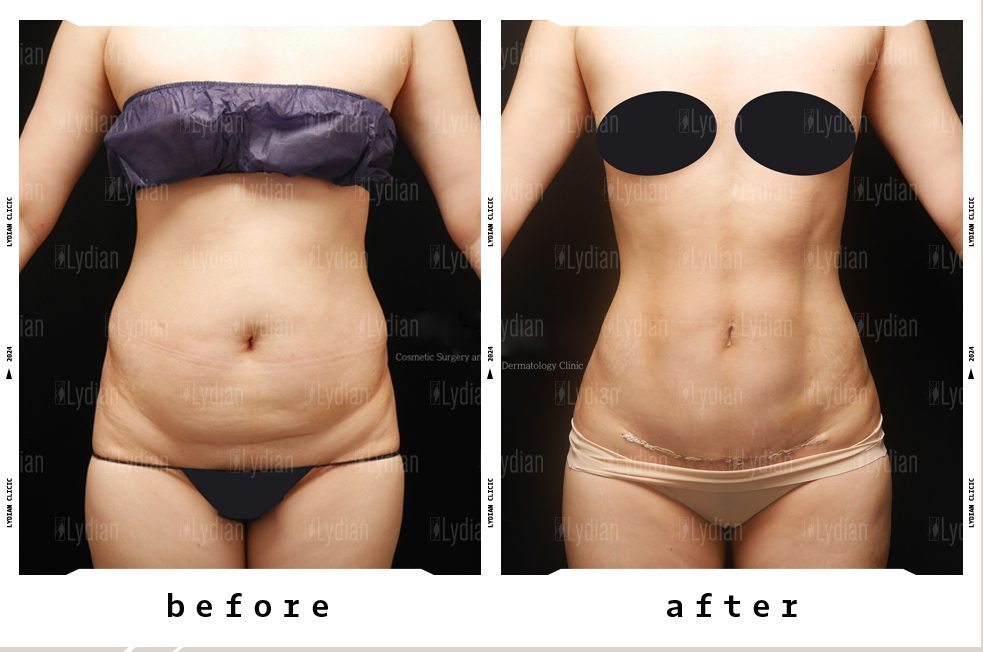


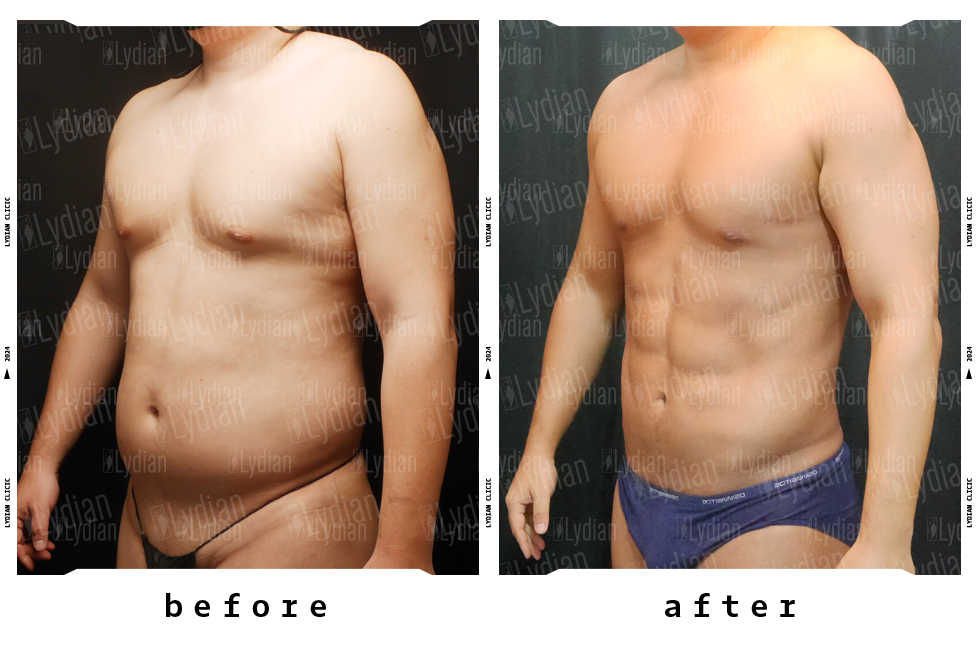










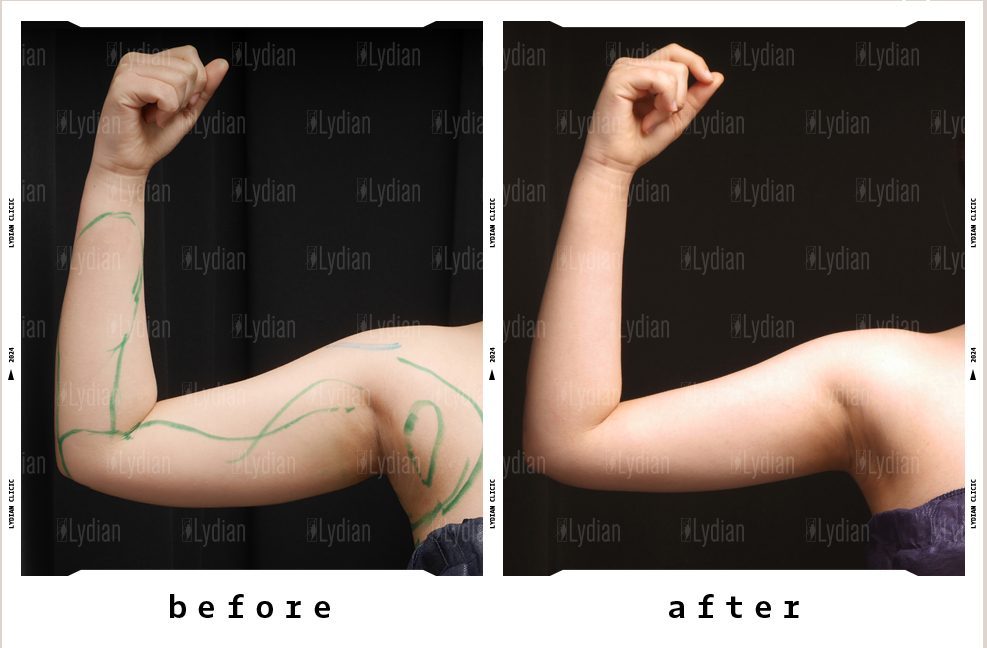
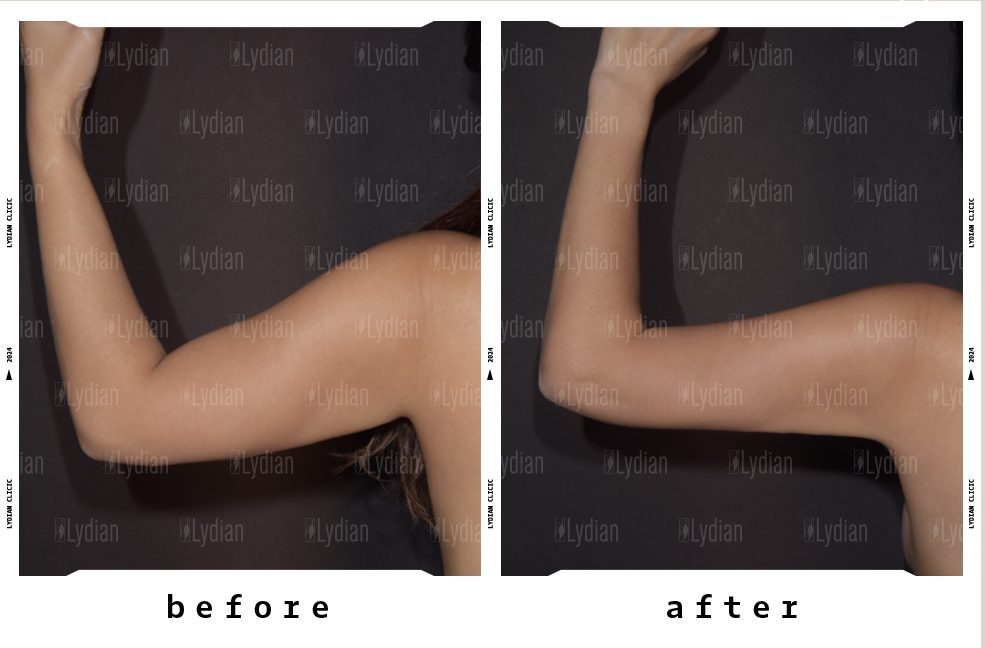
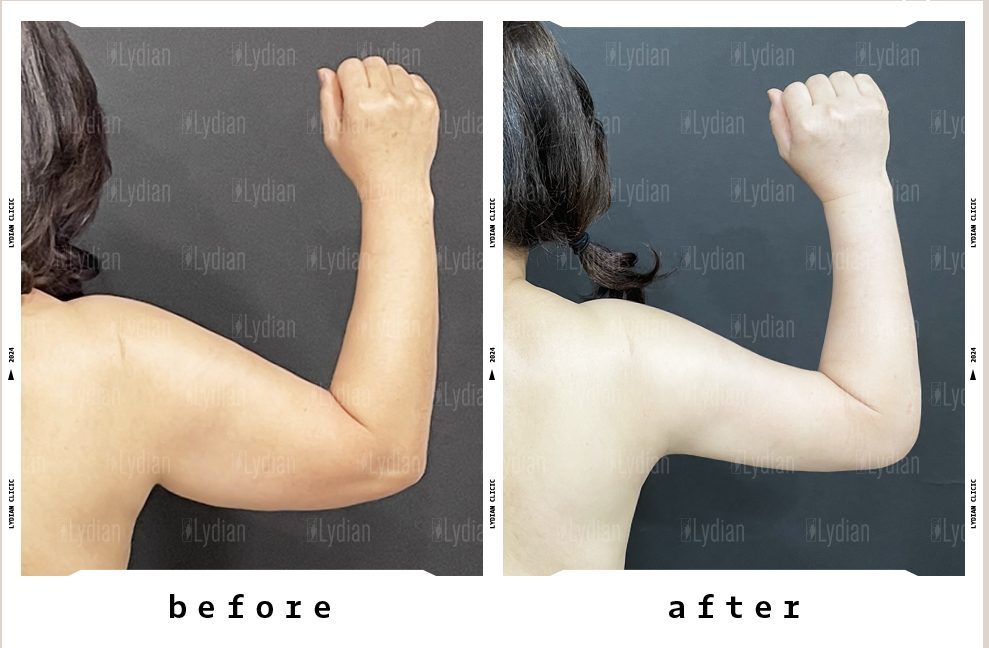

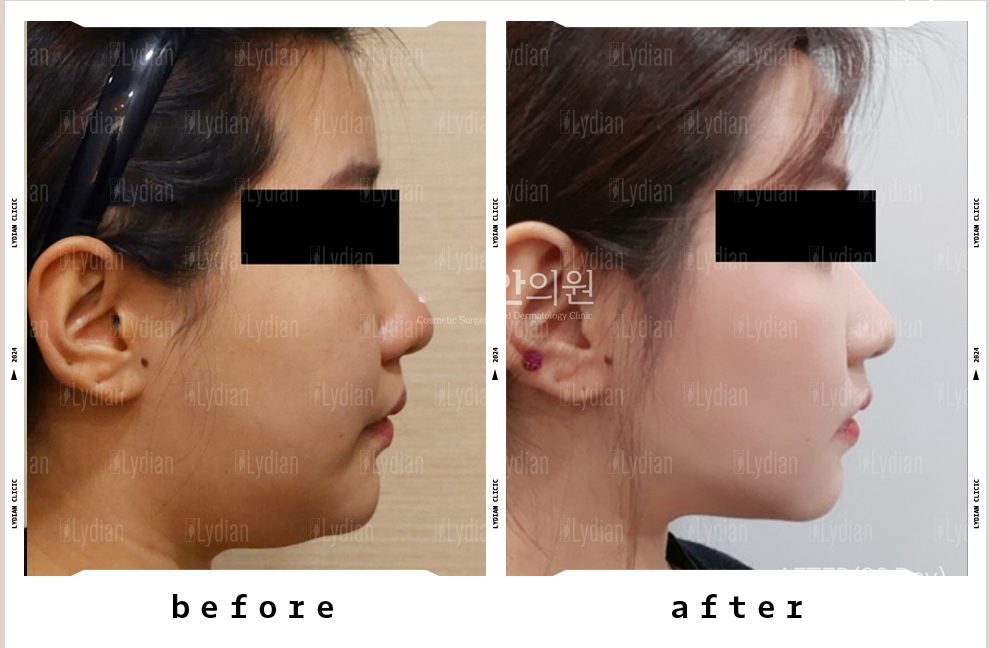
Frequently Asked Questions
Compression garment is a key part of post-liposuction recovery, but it’s not the only thing you’ll need. The garment helps control swelling, minimize bruising, and guide the skin to adhere properly after fat removal. However, following your surgeon’s advice regarding diet, hydration, and any prescribed medications or post-surgical care is essential for the best recovery.
Initially, you should wear the compression garment 24/7 for several weeks, only remove it for short periods, like when showering or performing hygiene tasks. Taking it off for longer durations can slow recovery, increase swelling, and affect the final results.
While Spanx or similar shapewear may seem like a convenient option, they typically do not offer the level of support needed after liposuction. Compression garments are specifically designed to provide consistent, adjustable pressure on the treated areas, which Spanx does not. For the best outcome, it’s recommended to stick with your surgeon’s prescribed garment.
It’s generally not advisable to sleep without your compression garment during the early stages of recovery. Removing it for a single night may cause swelling and disrupt the healing process. However, your surgeon will provide guidance on when it is safe to gradually reduce the amount of time the garment is worn, typically after a few weeks.
Compression garments do not directly result in fat loss. However, they help shape the body by promoting skin retraction and reducing swelling, which may give the appearance of a slimmer silhouette. The real reduction in inches comes from the liposuction procedure itself, not from the garment.
Compression garments typically progress through different stages as you heal:
- Stage 1: Immediately post-surgery, these garments offer maximum compression to reduce swelling and help the skin contract.
- Stage 2: After the initial few weeks, you may switch to a lighter garment for continued support but with less pressure.
- Stage 3: For ongoing skin tightening and contouring, you may need to wear a mild compression garment for several months, depending on your recovery plan.
Each stage is designed to reduce pressure as healing progresses gradually, but your surgeon can provide specific recommendations for your case.

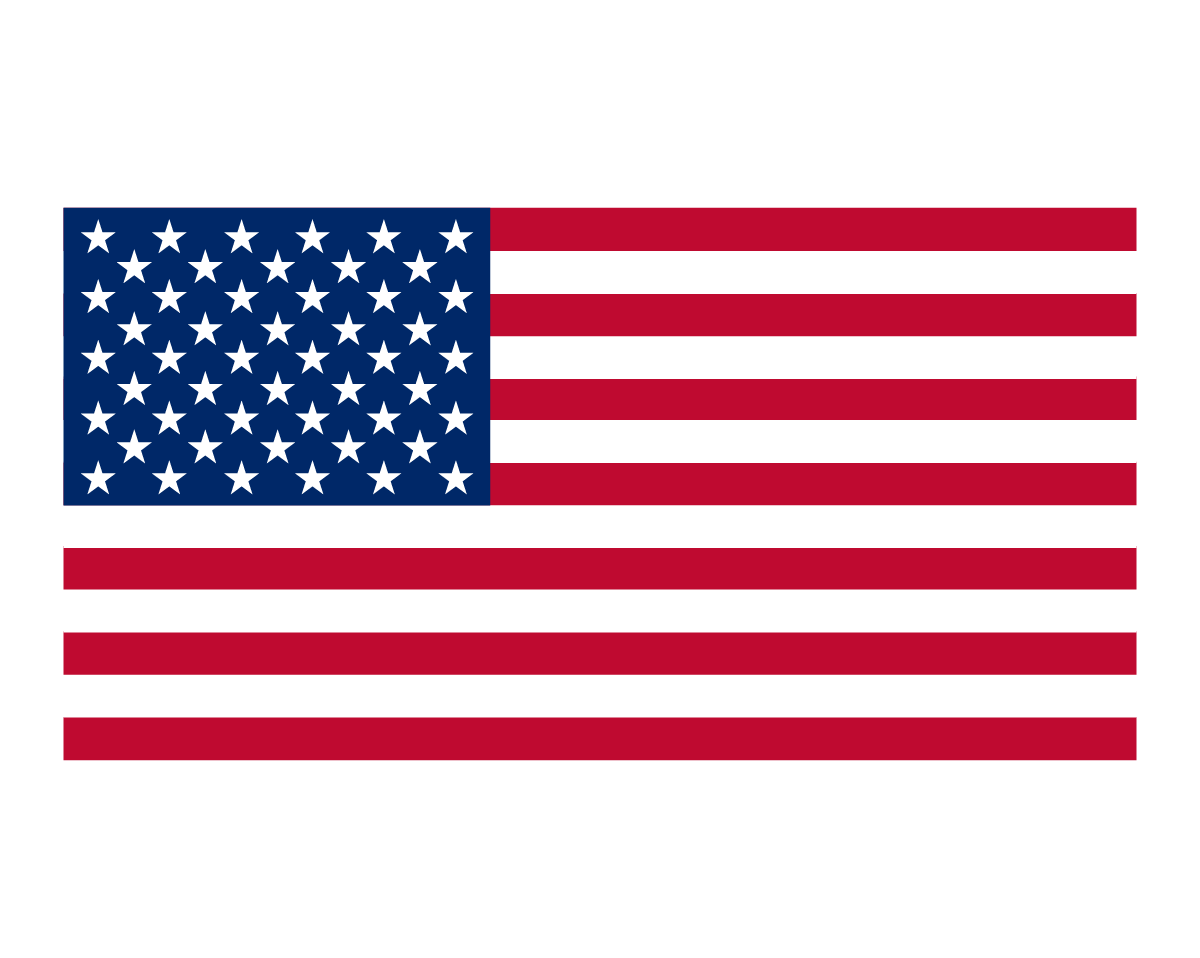 English
English 日本語
日本語 中文网站(繁体)
中文网站(繁体) Русский
Русский Bahasa Indonesia
Bahasa Indonesia ภาษาไทย
ภาษาไทย Tiếng Việt
Tiếng Việt 대한민국
대한민국

